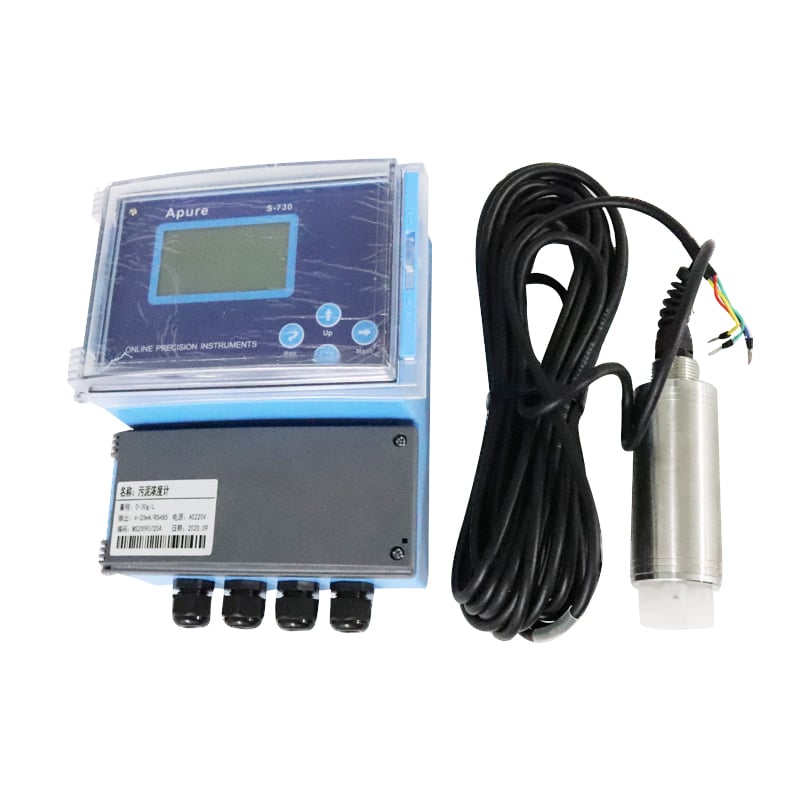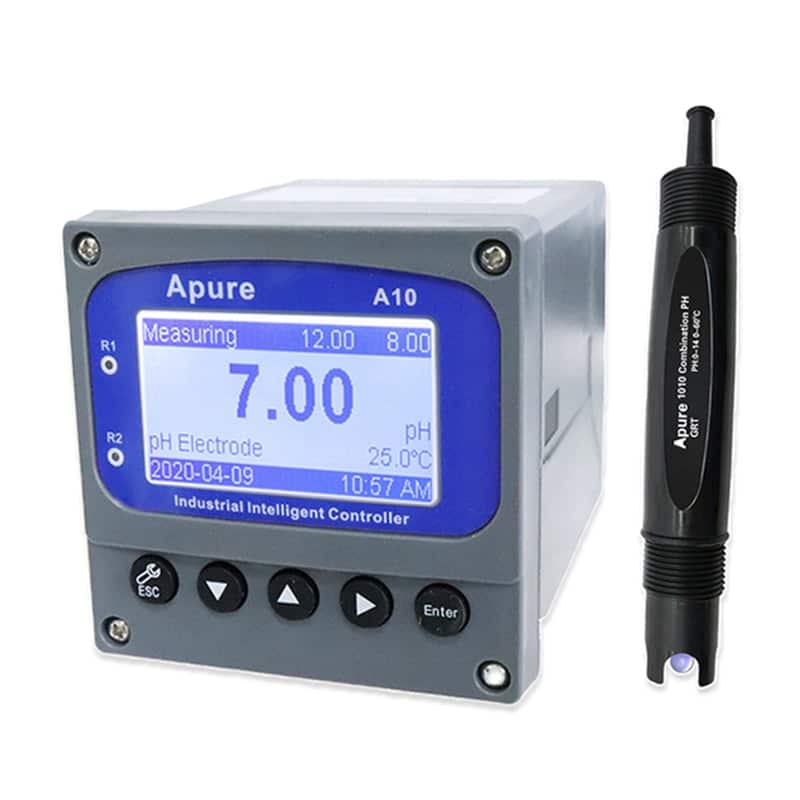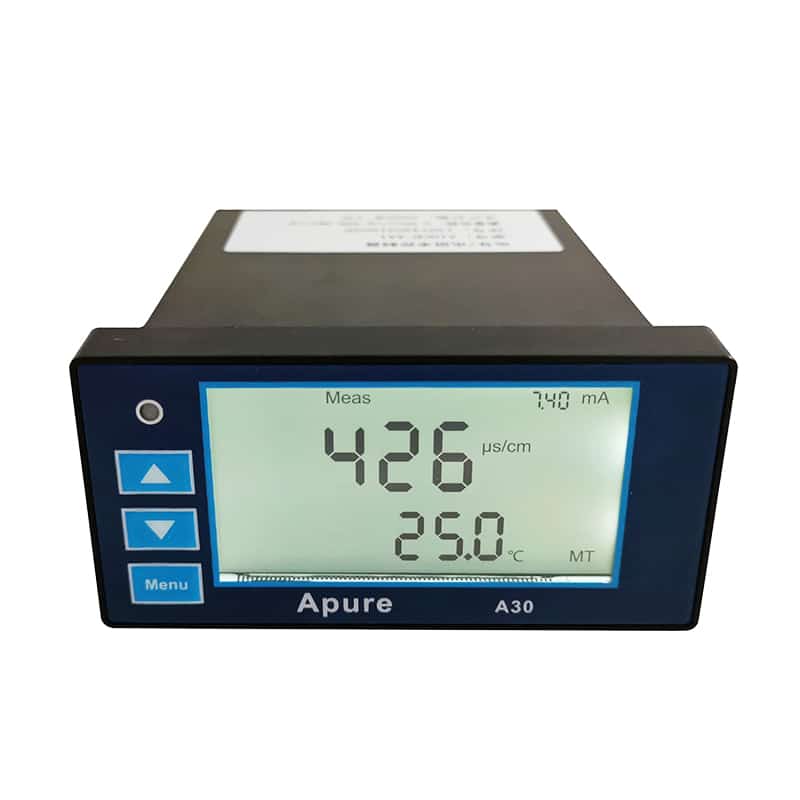In the field of serial communication standards, rs422 and rs485 are the two most widely used protocols. They each have unique features and advantages for a variety of applications.
RS422
RS422, also known as TIA/EIA-422, is a serial communications standard that specifies the electrical characteristics of balanced voltage digital interface circuits. It is widely used in point-to-point and multipoint applications.
Key features of rs422
- Differential signal
- Supports up to 10 receivers
- Maximum data rate of 10 Mbps
- Cable lengths up to 1200 meters
Advantages of rs422
RS422 provides greater immunity to interference and higher data integrity than single-ended communication standards such as rs232. Its differential signaling allows for better performance at transmission speeds and in noisy environments.
Typical applications of rs422
RS422 is commonly used in industrial automation, data acquisition systems, telecommunications and security systems. Its reliability and robustness make it an excellent performer in these applications.
RS485
RS485, or TIA/EIA-485, is a standard that specifies the electrical characteristics of drivers and receivers in a balanced digital multipoint system. It is highly flexible and supports complex network topologies.
Main features of rs485
- Differential signal
- Supports up to 32 devices on a single bus
- Maximum data rate of 35 Mbps over short distances
- Cable lengths up to 1200 meters at lower data rates
Advantages of rs485
RS485’s ability to support multiple devices on a single bus makes it very flexible. It is known for its robustness in harsh environments and its ability to communicate over long distances without significant signal degradation.
Typical applications of rs485
RS485 is very common in building automation, energy management, process control and embedded systems. Its ability to handle multiple devices and long cables make it ideal for these applications.
Technical differences between rs422 and rs485
- Electrical characteristics
Both rs422 and rs485 use differential signaling, but rs485 is designed for multipoint systems, allowing multiple devices to share the same communication lines. rs422 is better suited for point-to-point or point-to-multipoint configurations.
- Signal configuration
RS422 uses a twisted pair of wires for data transmission, while rs485 typically uses a twisted pair of wires for data transmission and can support full-duplex communication with an additional pair of wires.
- Network topology
RS422 supports star and point-to-point topologies, while rs485 supports linear, bus and multipoint topologies, making it more flexible in network design.
- Data transfer speed
RS422 can achieve data rates of up to 10 Mbps, while rs485 can reach 35 Mbps over short distances. however, over longer distances, the two standards perform similarly due to signal attenuation.
- Distance and cable length
Both standards can communicate over distances of up to 1,200 meters, but rs485’s ability to support multiple devices on a single bus makes it more practical for long-distance applications involving many devices.
- Anti-interference capability
Both rs422 and rs485 offer excellent immunity to interference due to differential signaling. However, the balanced line driver of rs485 performs slightly better in high noise environments.
How to choose between rs422 and rs485?
Choose rs422 if you need high-speed, full-duplex communication over long distances between two devices.
If you need a multipoint network with multiple devices communicating on the same bus, especially in an industrial environment, choose rs485.
When meters and multiple sensors need to communicate in a system, it is often more appropriate to choose the rs485 standard.




FAQs
- Can rs422 devices work on an rs485 network?
RS422 devices can work on rs485 networks, but they need to be configured correctly, and the network’s multi-point capability may not be fully utilized.
2. How do noise levels affect rs422 and rs485?
Both rs422 and rs485 have high immunity to interference due to differential signaling, but the balanced line driver of rs485 performs slightly better in noisy environments.
3. What is the cost difference between rs422 and rs485?
RS485 systems may have a higher initial setup cost due to more complex wiring and configuration, but they offer greater flexibility and scalability.
4. Which is better for industrial automation?
Because of its ability to support multiple devices and its robust performance in harsh environments, rs485 is often better suited for industrial automation.
Summary
Overall, rs422 is suitable for short-distance point-to-point communication, providing good anti-jamming capability; while rs485 is suitable for long-distance and multi-device communication, with excellent noise immunity and flexible multi-point connection capability.
Apure offers multi-parameter water quality analyzers, flow measurement instruments, level measurement instruments, pressure measurement instruments, and temperature measurement instruments to meet your precise measurement needs for a variety of industrial applications. Whether you need stable point-to-point communication or a complex multi-device network, Choosing Apure provides reliable and efficient solutions to keep your system running and increase productivity.
